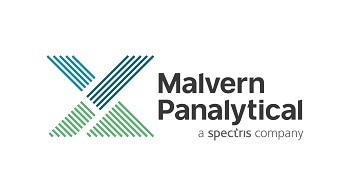Viruses are developed and produced on a large scale for various industrial and research applications, and this requires a knowledge of virus concentration at each stage so that the clone selection as well as the number of virus particles produced can be optimized. This article describes an overview of an example where clone screening requires the measurement of virus concentration or virus titer, as does multiplicity of infection (MOI) optimization and modifications of cell culture methods.
One method used during virus development is dynamic light scattering (DLS) in which the substance (such as a drug) is measured. DLS is also used to screen out good samples with high stability from a sample which contains contaminants or aggregates. The Zetasizer Ultra provides technology based on multi-angle DLS, or MADLS, to provide both size and size distribution measurements of a particle sample, as well as the particle concentration for each particle population, and makes the data available within a few minutes.
This article contains information shared from the evaluation of the Zetasizer Ultra, showing the results of measurement of three adeno-associated virus (AAV) samples. The results in terms of virus titer are evaluated against corresponding results from the measurement of virus titer based on capsid ELISA assays.
In the experiment, all measurements were taken with the Zetasizer Ultra set to measure particle concentration. The Zetasizer Ultra uses MADLS-based assays for particle concentration which is also capable of providing AAV sample size distributions and sample aggregation state reports. In addition, it yields data on the concentration of the primary virus population, as well as reporting on the presence of aggregates. Each measurement cycle is completed in about 4 minutes.
About Malvern Panalytical

Malvern Panalytical provides the materials and biophysical characterization technology and expertise that enable scientists and engineers to understand and control the properties of dispersed systems.
These systems range from proteins and polymers in solution, particle and nanoparticle suspensions and emulsions, through to sprays and aerosols, industrial bulk powders and high concentration slurries.
Used at all stages of research, development and manufacturing, Malvern Panalytical’s materials characterization instruments provide critical information that helps accelerate research and product development, enhance and maintain product quality and optimize process efficiency.
Sponsored Content Policy: News-Medical.net publishes articles and related content that may be derived from sources where we have existing commercial relationships, provided such content adds value to the core editorial ethos of News-Medical.Net which is to educate and inform site visitors interested in medical research, science, medical devices and treatments.